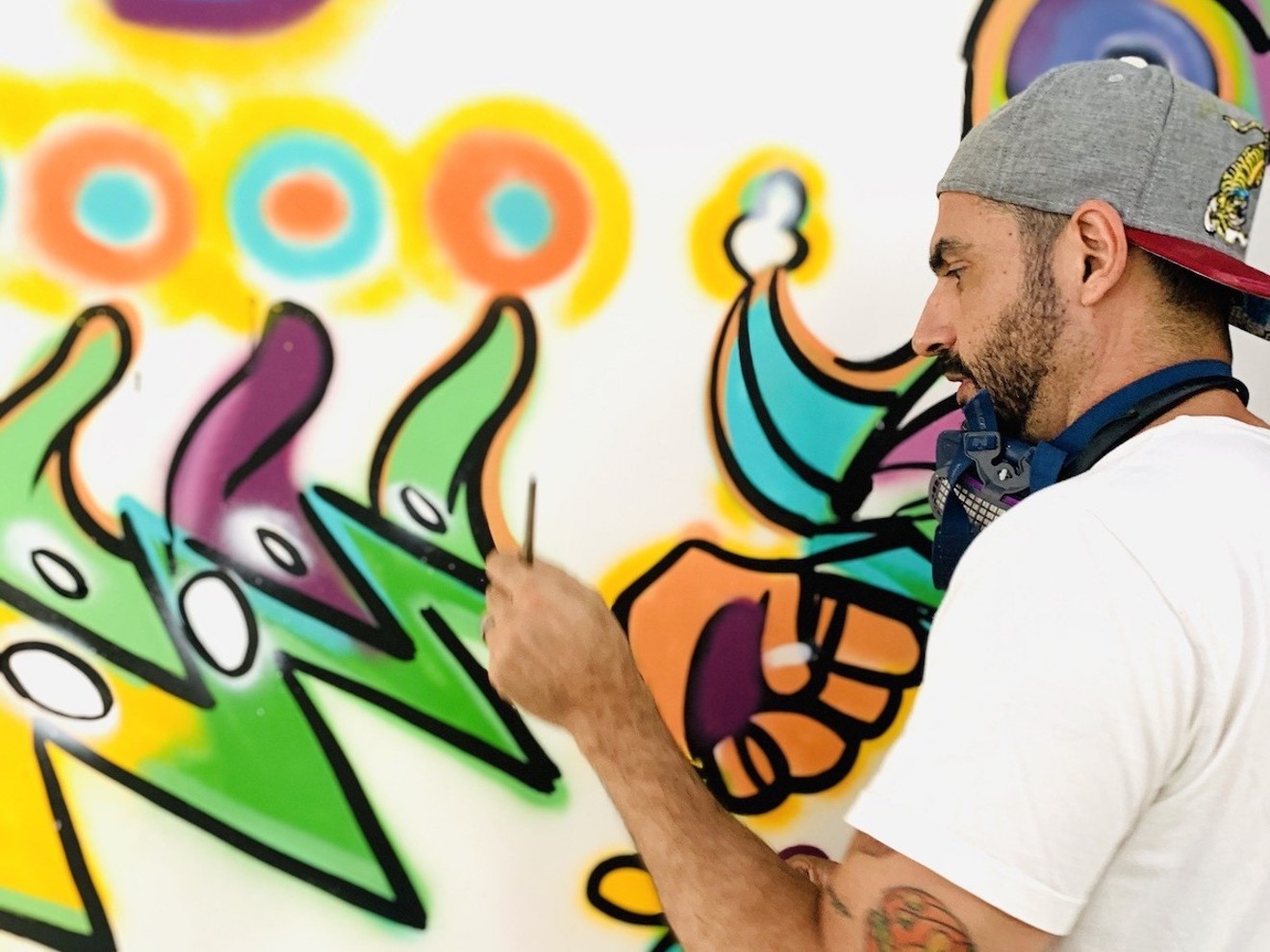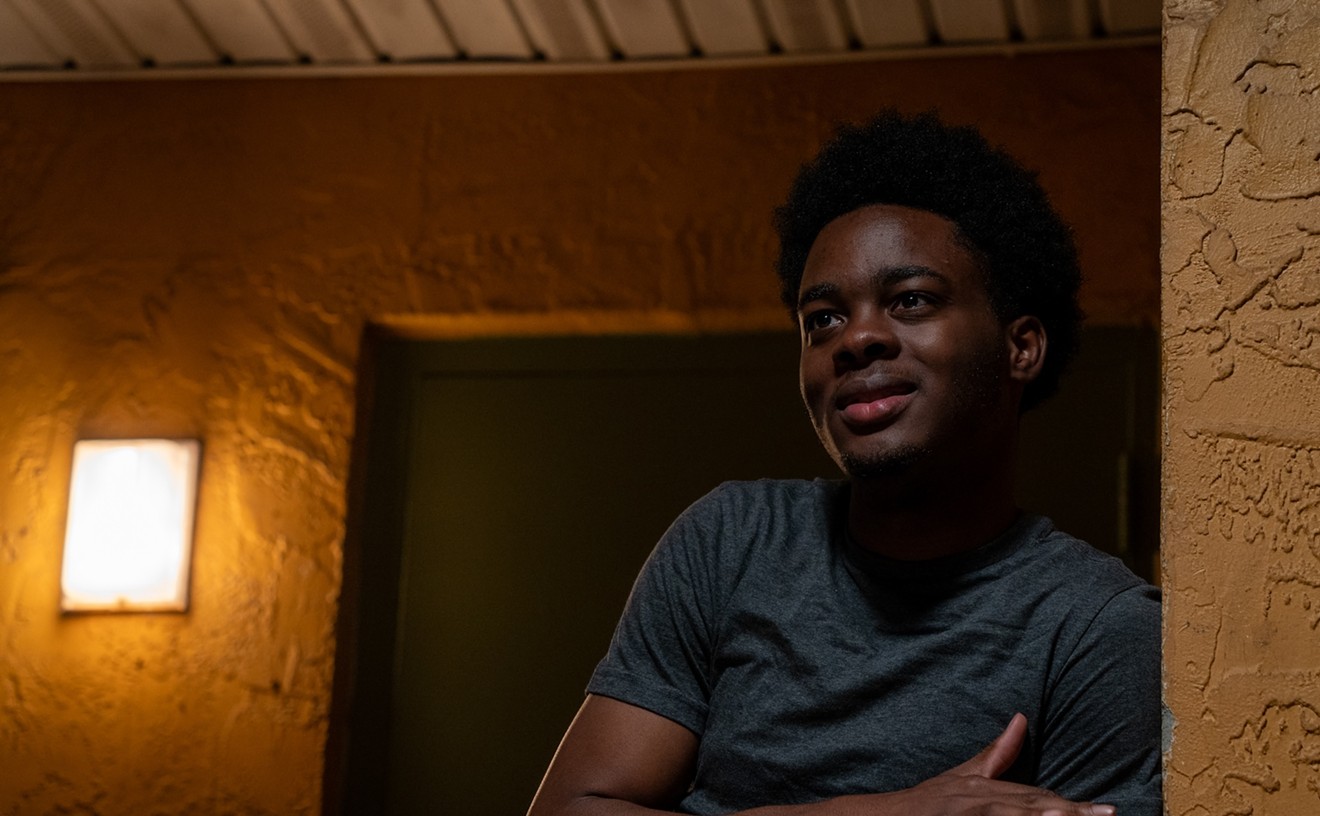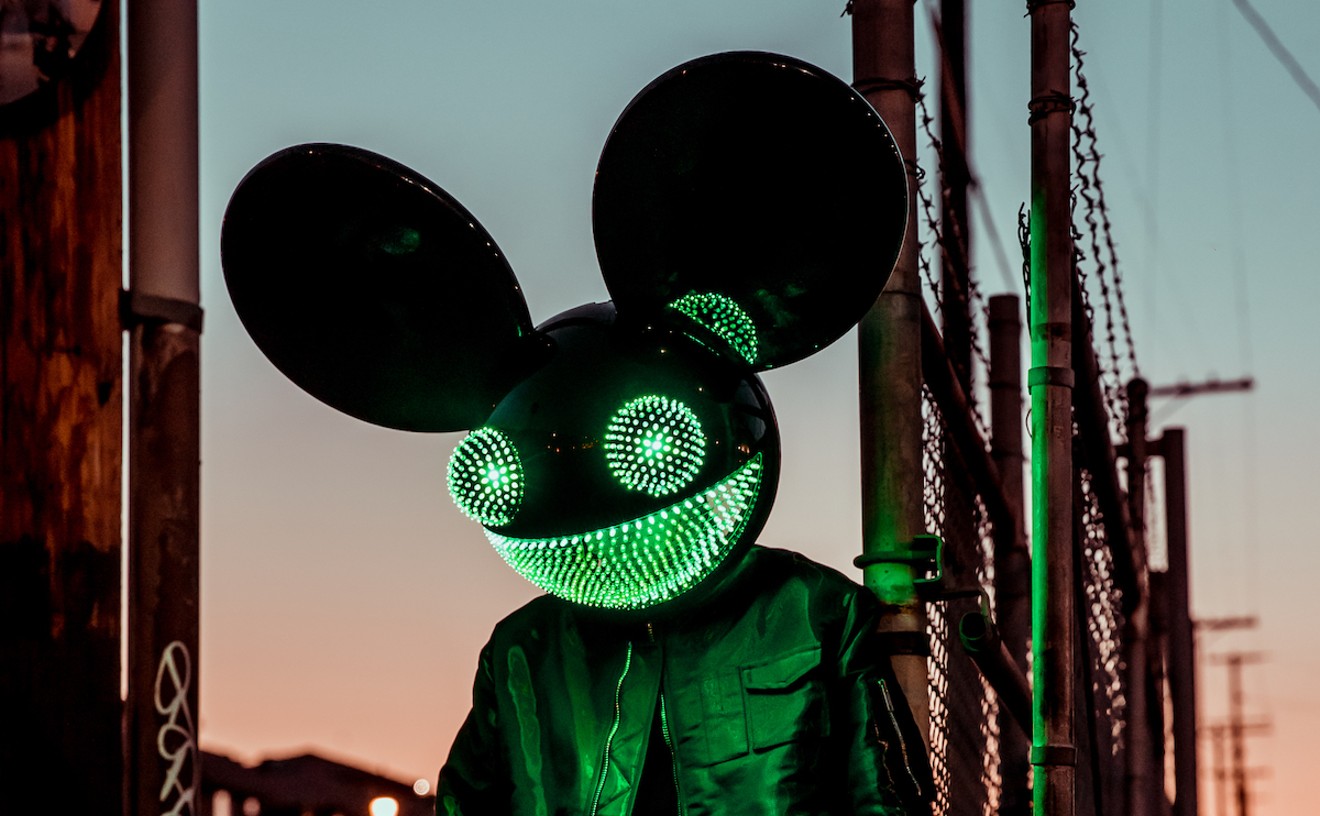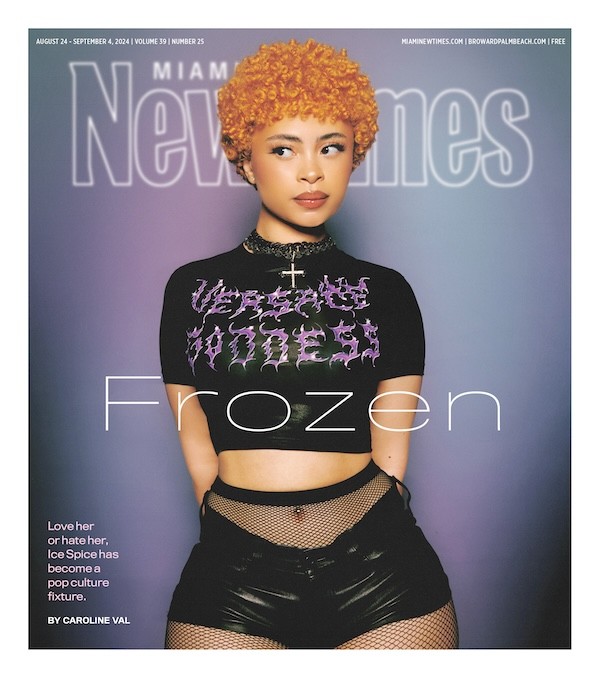As Miami continues its cycle of reinvention, the city's culture stands to lose much of its identity. The vibrant street art scene many enjoy today had a labored beginning, and much of its early luminaries' work was demolished or painted over by rampant development. One of its original and most enduring figures, David Le Batard, better known as Lebo, died August 1 at age 50 after a yearlong battle with cancer.
From his "Welcome to Miami Beach" mural on Arthur Godfrey Road and his collaborations with brands like Adidas, Lululemon, and Cross to sharing his identity with brands like the Surfcomber Hotel and Norwegian Cruise Line's Getaway ship, his art is everywhere in the Magic City.
Lebo, the younger brother of sports personality Dan Le Batard, was instrumental in the outlaw beautification of the city through the graffiti scene and pioneered the local street artist transition into galleries, mainstream appeal, and legitimacy. His instantly recognizable signature — a bold, all-caps font block framing four letters reminiscent of Japanese ukiyo-e woodblock signatures — can be found in murals across the city and on the covers of music albums.
Le Batard's older brother made the announcement on air during the Dan Le Batard Show With Stugotz, expressing grief at seeing his younger brother waste away.
Miami's artistic community has shown an outpouring of love for the well-regarded artist, who, in his rise to fame, never forgot who he was, where he came from, and who he met along the way. For contemporary abstract painter Kiki Valdes, it was his high-school days in downtown Miami that exposed him to Lebo's work.
"He meant so much to us for many different reasons," said Valdes in a Facebook post. "I remember seeing his mural and quickly tried to contact him. Soon enough, I somehow found his number, and we had a great conversation. He shared insights about art, comics, cartoons, and Mad magazine. Being 18, it was inspiring to have someone older pursuing art and sharing his experience openly and not guarded."
For Valdes, that relationship continued into his own career, with Lebo often sharing his experiences live painting with the Spam Allstars and introducing him to other players in the local art world.
"He never stopped working, and one of the things about David is when he reached monetary success, he often supported artists," Valdes added. "He walked into an art show I had in 2013, purchased two paintings, and walked out. He left me truly speechless."
Residents of Miami who might've not been cognizant of Lebo's street work probably remember his frantic live drawings during sets by the Spam Allstars at Hoy Como Ayer in Little Havana. The band's founder and leader, Andrew "DJ Le Spam" Yeomanson, fondly remembers his friend and frequent collaborator whose art graced the cover of many of his albums.
"David and his work were one," Yeomanson says. "He lived his art. It's hard to think of many mediums that his work didn't flourish in. He was always generous with his talents. His contributions, in turn, helped many other artists and musicians to succeed. The time we spent creating in the studio, at shows, and in the streets was some of the happiest of my life."
Lebo, born in New York to Cuban immigrants, became a resident of Broward County in the early 1980s and was a frequent visitor to his grandparent's Little Havana home. His art evolved from quick graffiti techniques and developed into linked mythology of local characters, vibrant flora and fauna, and cartoon-informed abstractions he termed "postmodern cartoon expressionism."
"I grew up watching this dude, he was one of the pioneers of the street artists, a graffiti writer, and you know, a lot of the graffiti writers can do a bunch of things, but Lebo was an artist, legit," says Abel Sanchez, local historian and the force behind the popular Miami Stadium brand and social media cultural repository. "He took that and went beyond with his talent and parlayed that into a legitimate career."
Sanchez, who's been amassing a visual record of South Florida and Miami's sports and cultural history, had a special connection to Lebo through both worlds, being the same age and shared heritage.
"That Cuban-American background that we can all relate to, he was raised down here, went to FIU, he was one of us. You saw him around," he says. "It's funny because, at first, it was like, 'Yo, did you hear? Dan's little brother is an artist.' And he went on from being Dan's little brother to being his own man."
"He captured his roots and the essence of Cuban-American culture and put it across in a way that very few people have."
Other high-profile collaborators, like Norwegian and the Miami Heat, have released their sentiments on Lebo's passing.
Lebo's mark on the city will shine for years to come — perhaps even secured by his tragic and untimely passing. The one thing the city's schizophrenic cycle will never take away is his spirit and the lives he touched. As he told New Times in 2016, "What I'm trying to do with my work is point out the light and move toward the light. And thankfully, I've found collectors who believe in that message. My life has been great. I'm fortunate."

Audio By Carbonatix
[
{
"name": "Air - MediumRectangle - Inline Content - Mobile Display Size",
"component": "19274298",
"insertPoint": "2",
"requiredCountToDisplay": "2",
"watchElement": ".fdn-content-body",
"astAdList": [
{
"adType": "rectangle",
"displayTargets": "mobile"
}
]
},{
"name": "Editor Picks",
"component": "17482312",
"insertPoint": "4",
"requiredCountToDisplay": "1",
"watchElement": ".fdn-content-body",
"astAdList": [
{
"adType": "rectangle",
"displayTargets": "desktop|tablet"
},{
"adType": "rectangle",
"displayTargets": "desktop|tablet|mobile"
}
]
},{
"name": "Inline Links",
"component": "18711090",
"insertPoint": "8th",
"startingPoint": 8,
"requiredCountToDisplay": "7",
"maxInsertions": 25
},{
"name": "Air - MediumRectangle - Combo - Inline Content",
"component": "17482310",
"insertPoint": "8th",
"startingPoint": 8,
"requiredCountToDisplay": "7",
"maxInsertions": 25,
"watchElement": ".fdn-content-body",
"astAdList": [
{
"adType": "rectangle",
"displayTargets": "desktop|tablet"
},{
"adType": "rectangle",
"displayTargets": "desktop|tablet|mobile"
}
]
},{
"name": "Inline Links",
"component": "18711090",
"insertPoint": "8th",
"startingPoint": 12,
"requiredCountToDisplay": "11",
"maxInsertions": 25
},{
"name": "Air - Leaderboard Tower - Combo - Inline Content",
"component": "17482313",
"insertPoint": "8th",
"startingPoint": 12,
"requiredCountToDisplay": "12",
"maxInsertions": 25,
"watchElement": ".fdn-content-body",
"astAdList": [
{
"adType": "leaderboardInlineContent",
"displayTargets": "desktop|tablet"
},{
"adType": "tower",
"displayTargets": "mobile"
}
]
}
]











